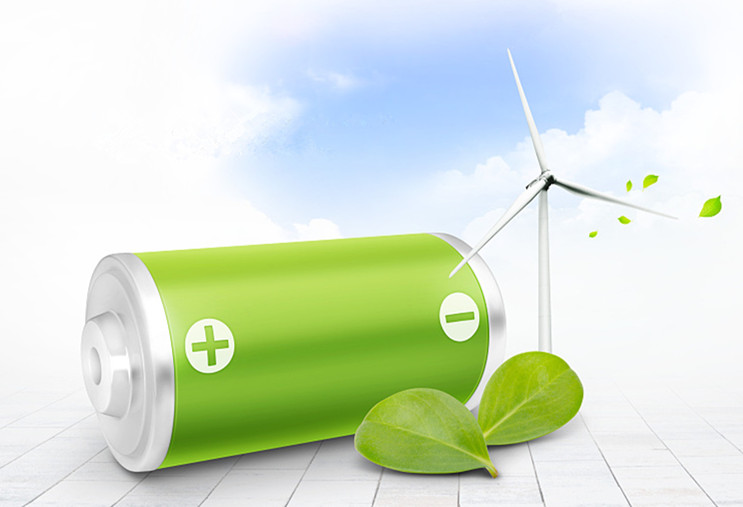At present, the ternary materials of lithium batteries are mainly produced by high-temperature solid-phase method, that is, the relevant precursors and lithium sources are accurately measured and mixed, then calcined at high temperature, and then crushed, classified, packaged, etc. to obtain the finished product.
After the ternary material is sintered, there will generally be relatively serious agglomeration, and it needs to be crushed and classified to meet the product standard, mainly including coarse crushing and ultrafine crushing.
The traditional coarse crushing process is to pour the sintered material into the jaw crusher for coarse crushing, and the coarsely crushed material enters the roller crusher for fine crushing. However, in actual production and application, the combined crushing method of jaw crushing and roller crushing generally has major disadvantages: large sintered materials are often stuck when entering the jaw crusher; unbroken particles often leak out; Ion pollution; many processes, large waste of materials, etc.
The rotary wheel mill currently used can replace the jaw crusher and roller crushing, and most new ternary material production lines use the rotary wheel mill. Its working principle is that the bulk material enters the material bin, and is first crushed by strong extrusion into the conveying system. The material is transported to the ceramic crushing and grinding basket, and crushed to the required particle size by the zirconia grinding disc. The particle size of the crushed particles can be below 1mm, which can be directly processed. Super finely crushed.
2. Superfine crushing of ternary materials
The ultra-fine grinding of ternary materials generally adopts jet mills and mechanical mills.
Jet mills have large capacity, but high energy consumption, and sometimes produce over-grinding, resulting in lower product yield and increased production costs; mechanical mills have low energy consumption, less over-grinding degree of products, high yield, but smaller capacity.
Both methods are used in the current industrial production. It is generally believed that the higher the cobalt content, the greater the hardness of the material. When the hardness of the material is too high, the use of mechanical pulverizers will cause a greater degree of grinding to the grinding disc, so the material with higher hardness More jet mills are used.
At the same time, the mechanical crusher can directly obtain a better particle size distribution, while the jet mill needs to be equipped with a classifier.


